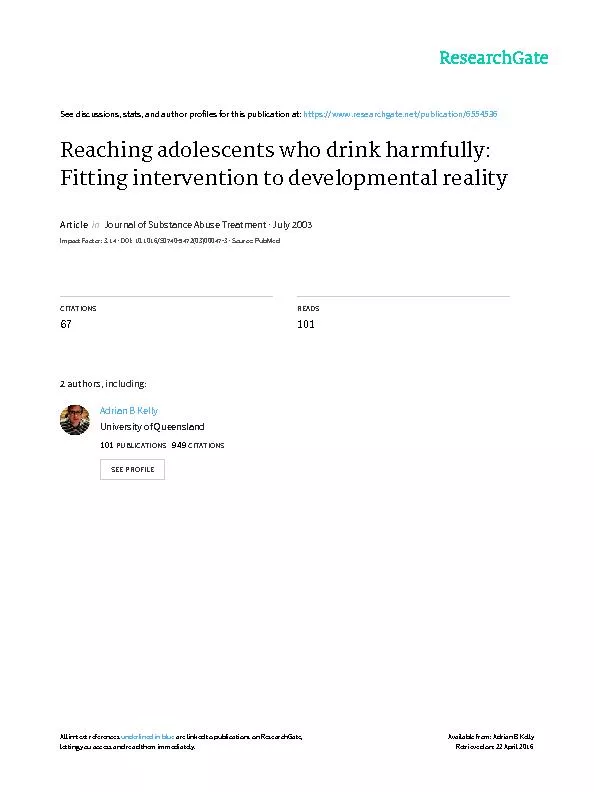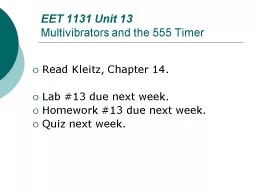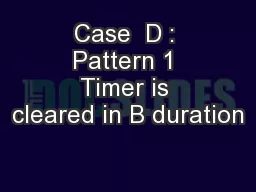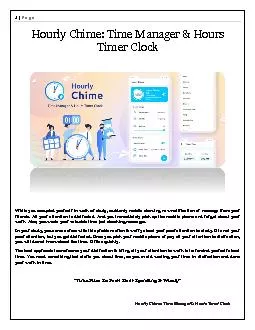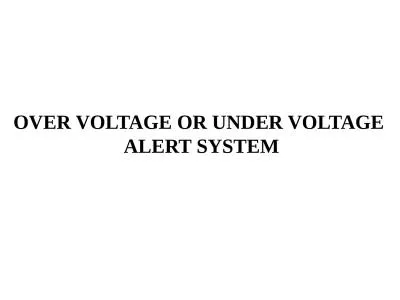PPT-555 TIMER 1 555 Timer Introduction:
Author : pasty-toler | Published Date : 2018-03-13
The 555 Timer is one of the most popular and versatile integrated circuits ever produced Signetics Corporation first introduced this device as the SENE 555
Presentation Embed Code
Download Presentation
Download Presentation The PPT/PDF document "555 TIMER 1 555 Timer Introduction:" is the property of its rightful owner. Permission is granted to download and print the materials on this website for personal, non-commercial use only, and to display it on your personal computer provided you do not modify the materials and that you retain all copyright notices contained in the materials. By downloading content from our website, you accept the terms of this agreement.
555 TIMER 1 555 Timer Introduction:: Transcript
Download Rules Of Document
"555 TIMER 1 555 Timer Introduction:"The content belongs to its owner. You may download and print it for personal use, without modification, and keep all copyright notices. By downloading, you agree to these terms.
Related Documents


